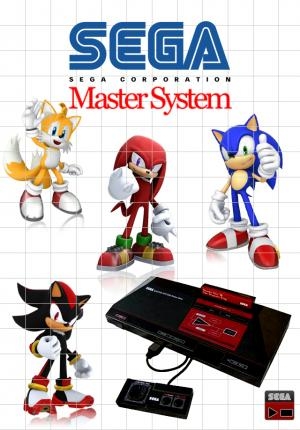
Sega Master System
Sega Master System Specifications
| Manufacturer: | Sega |
| Developer: | Sega |
| CPU: | 8-bit Zilog Z80 |
| Memory: | 64 kbit (8 KB), can be supplemented by game cartridges |
| Graphics: | VDP (Video Display Processor) derived from Texas Instruments TMS9918A |
| Sound: | Yamaha YM2413 |
| Medium: | Cartridge |
| Display: | 256×240 |
| Controllers: | 2 |
The Master System is an 8-bit third-generation home video game console manufactured and developed by Sega. It was originally a remodeled export version of the Sega Mark III, the third iteration of the SG-1000 series of consoles, which was released in Japan in 1985 with graphical capabilities over its predecessors. The Master System launched in North America in 1986, followed by Europe in 1987, and then in Brazil and Korea in 1989. A Japanese version of the Master System was also launched in 1987, which features a few enhancements over the export models (and by proxy the original Mark III): a built-in FM audio chip, a rapid-fire switch, and a dedicated port for the 3D glasses. The Master System II, a cheaper model, was released in 1990 in North America, Australasia and Europe.
The original Master System models use both cartridges and a credit card-sized format known as Sega Cards. Accessories include a light gun and 3D glasses that work with specially designed games. The later Master System II redesign removed the card slot, turning it into a strictly cartridge-only system, and is incompatible with the 3D glasses.
The Master System was released in competition with the Nintendo Entertainment System (NES). Its library is smaller and with fewer well-reviewed games than the NES, due in part to Nintendo licensing policies requiring platform exclusivity. Though the Master System had newer, improved hardware, it failed to overturn Nintendo's significant market share advantage in Japan and North America. However, it attained significantly greater success in other markets, including Europe, Brazil, South Korea and Australia.
The Sega Master System is estimated to have sold between 10 and 13 million units worldwide. In addition, Tectoy has sold 8 million licensed Master System variants in Brazil. Retrospective criticism has recognized its role in the development of the Sega Genesis, and a number of well-received games, particularly in PAL (including PAL-M) regions, but is critical of its limited library in the NTSC regions, which were dominated by the NES.
Latest on Sega Master System
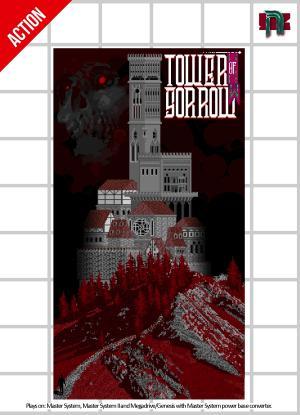
Tower of Sorrow
Nobody knows the place, nobody knows the time, a ghastly beast lived in a tall tower near a village. Terrified of the beast’s wrath, the villagers gav...
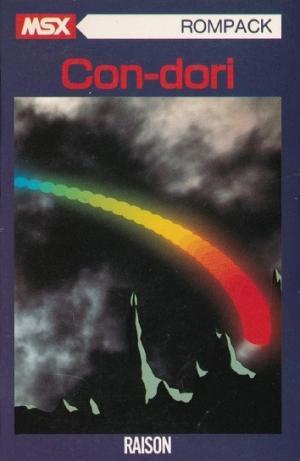
Con-Dori
Con-Dori (콘돌이) for the Samsung Gam*Boy / Master System is an unlicensed port of the MSX1 game of the same name. Con-dori is an arcade style game wh...
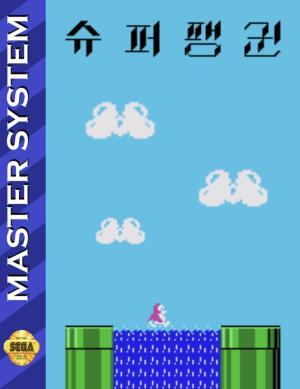
Super Penguin
Super Penguin (슈퍼팽귄, 수퍼펭귄) for the Samsung Gam*Boy / Master System, a rare Korean original developed by SIECO. This is a basic MSX1/SG-1000-era platfo...
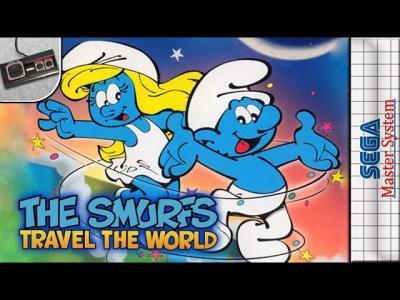
The Smurfs 2: The Smurfs Travel the World
Inquisitive Smurf and Smurfette have broken the magic crystal and now they are being taken off to various parts of the world. Collect all the crystals...
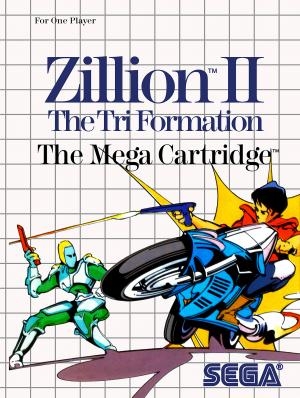
Zillion II: The Tri Formation
They're at it again. The dreaded Norsa Empire is back... and stronger than ever before. This time they won't make any mistakes. Others have tried to s...
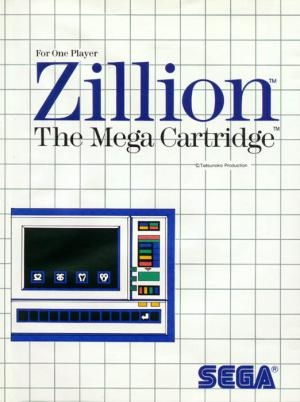
Zillion
The White Knights, a peacekeeping force within the Planetary System, are on a mission to destroy the evil Norsa Empire's base on Planet X. In order to...
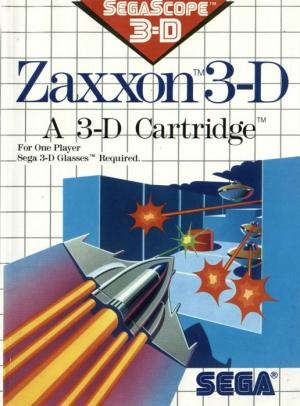
Zaxxon 3-D
The enemy has built battle fortresses in the farthest reaches of space. There's only one way in... and one way out. Your Mission: To infiltrate the en...
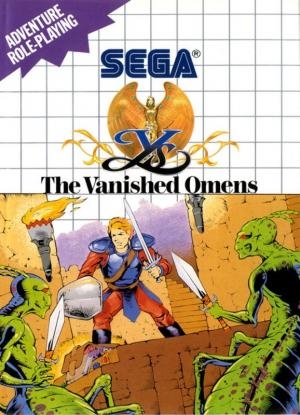
Ys: The Vanished Omens
The hero of Ys is an adventurous young swordsman named Adol Christin. As the story begins, he has just arrived at the Town of Minea, in the land of Es...
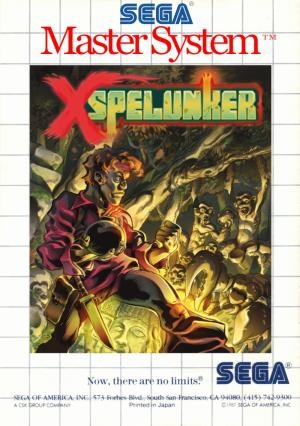
XSpelunker
"XSpelunker" is a homemade platform game for the BC MSX1 family, originally developed for the MSXdev'17 competition and later received a commercial ph...
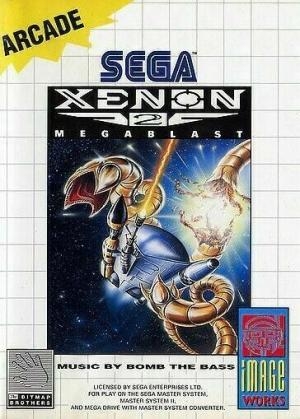
Xenon 2: Megablast (Image Works)
Xenon 2: Hard, fast coin op quality destructive action with a hot soundtrack to match, Xenon 2: It's out of this world! Xenon 2: Its a Megablast!